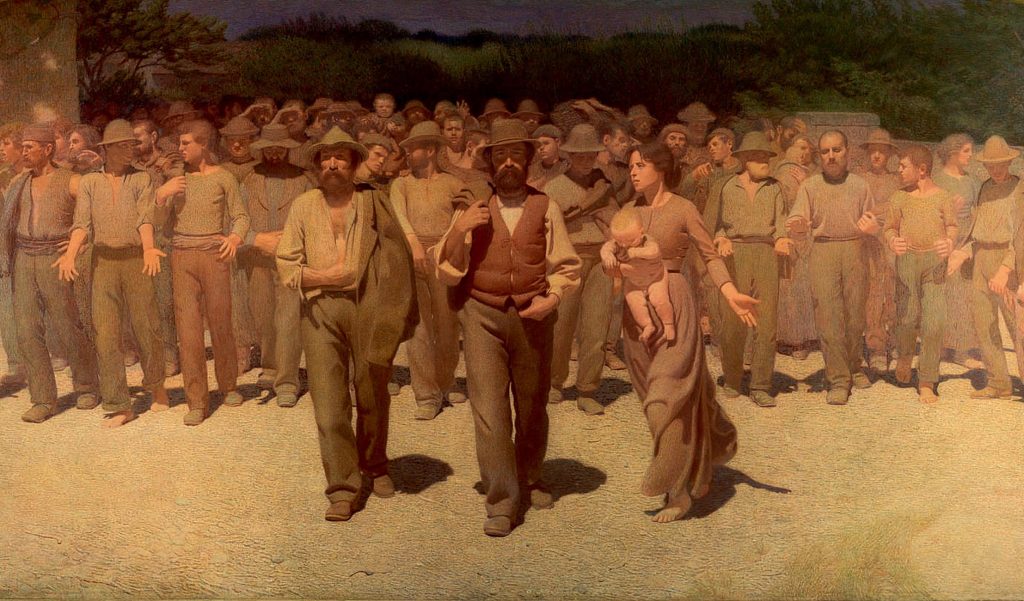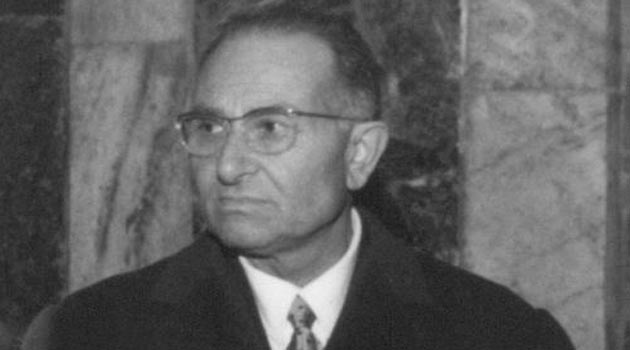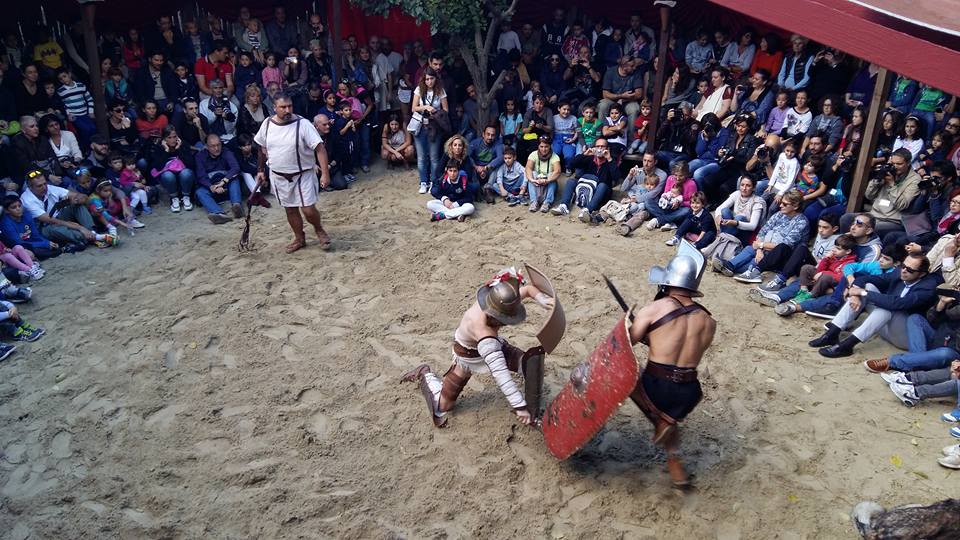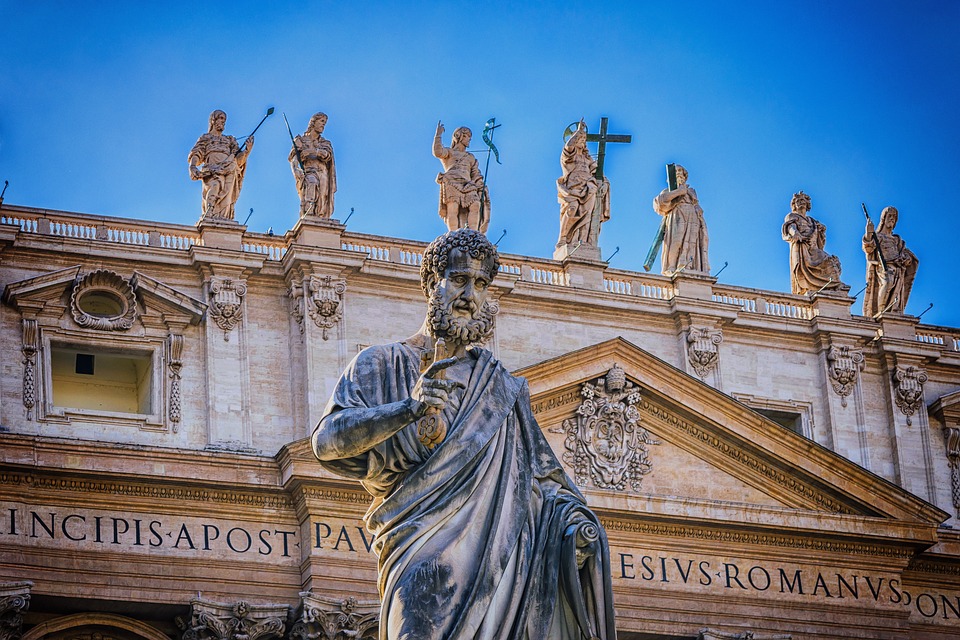May 1st, national labour day. But have you ever wondered how this celebration was born? What were the historical facts that contributed to the choice of a day to celebrate the right to work for all? May 1st is the result of many events that have happened in different countries, in fact it is an anniversary that many peoples still celebrate. The claims for rights in the workplace begin to take shape at the congress of the International Workers Association. From the First International, Geneva, September 1866, the proposal starts: “eight hours as the legal limit for working activity”.
May 1st, the workers’ protest
In 1855 in Australia the motto “Eight hours of work, eight of leisure, eight to sleep” was born. A slogan that becomes the ‘manifesto’ for workers’ protests demanding fairer working conditions. Already at that time, May 1st was chosen by workers as the date to meet and claim justice. The struggles from one end of the earth to the other continue.
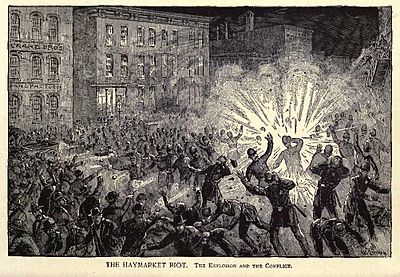
On May 1st, 1886, a general strike took place in the United States to reduce the working day to eight hours. The protest lasts three days and unfortunately culminates in the massacre in Haymarket Square in Chicago. A bomb has been dropped killing seven policemen and four civilians. The massacre of the ‘Chicago martyrs’ thus becomes the symbol of the claims of the American workers.
Labour day
From the States to Europe, to the Old Continent. In July 1889 in Paris, the fouding congress of the Second International decided that “a large demonstration would be organized for a set date. This would ensure that workers in all countries and cities simultaneously asked public authority to reduce the working day to eight hours by law”.
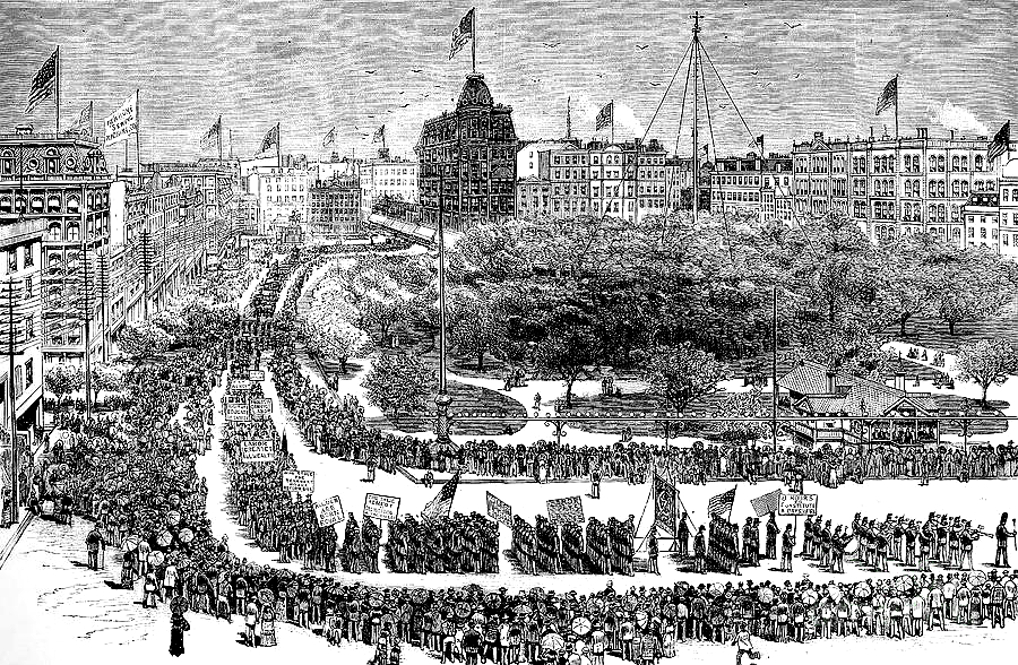
In fact, in Paris, on May 1st, 1890, the first international event dedicated to labour and the protection of workers was held. Participation was massive. Since then, May 1st becomes a national holiday in many countries except the United States. The USA, in fact, celebrate Labor Day on the first Monday in September.
Portella della Ginestra, the Italian massacre on May 1st
In Italy the labour day set for May 1st entered into force in 1891. In the fascist era, between 1924 and 1944 the celebration was moved to April 21 to coincide with the Christmas of Rome. A new definition was assigned: Christmas in Rome, labour day. In 1947, the celebration was set again for May 1st and, in that year, the massacre of Portella della Ginestra in Sicily took place. In the rural area of the municipality of Piana degli Albanesi in Palermo, about two thousand people representing the peasant world, meet to celebrate the end of the dictatorship and the return to freedom.
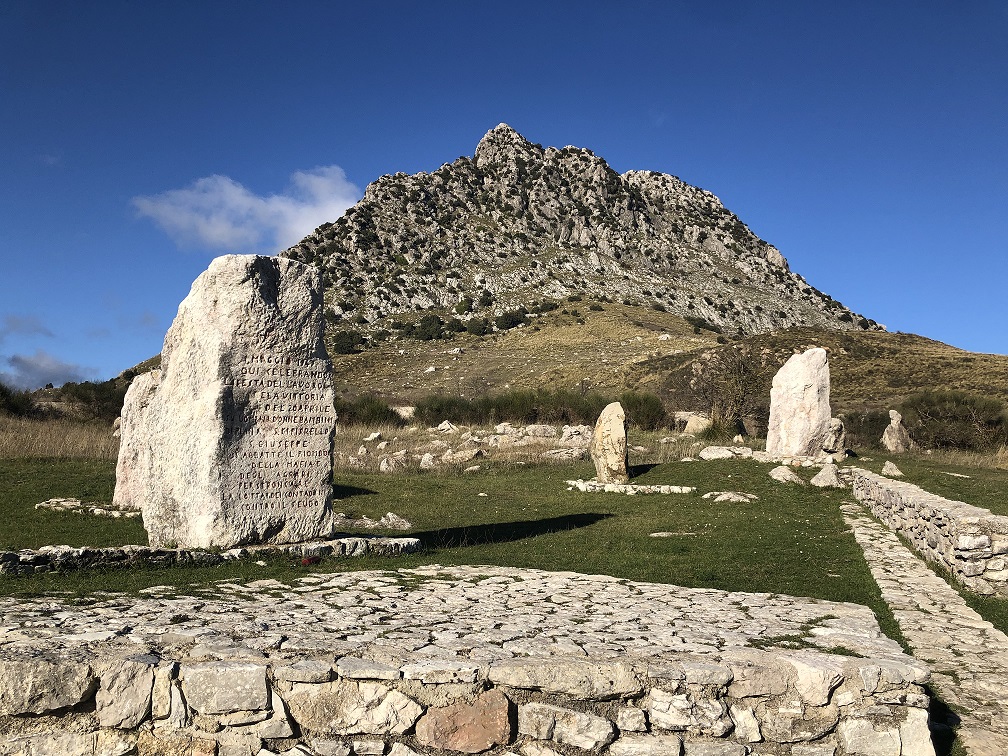
Salvatore Giuliano a bandit with his gang opened fire on the protesters, killing 11 people and injuring at least another fifty. According to the Interior Minister, Mario Scelba, who reported what had happened at the Constituent Assembly, the massacre was not a political crime. However in 1949 the bandit Giuliano sent a letter to the newspapers and the police to claim the political purpose of the massacre. On July 14, 1950 Giuliano was assassinated by his lieutenant, Gaspare Pisciotta. The latter, in turn, was poisoned in prison on February 9, 1954 after making sensational revelations about the massacre. Today Italy continues to celebrate May 1st: a celebration of democracy, rights and freedoms.

